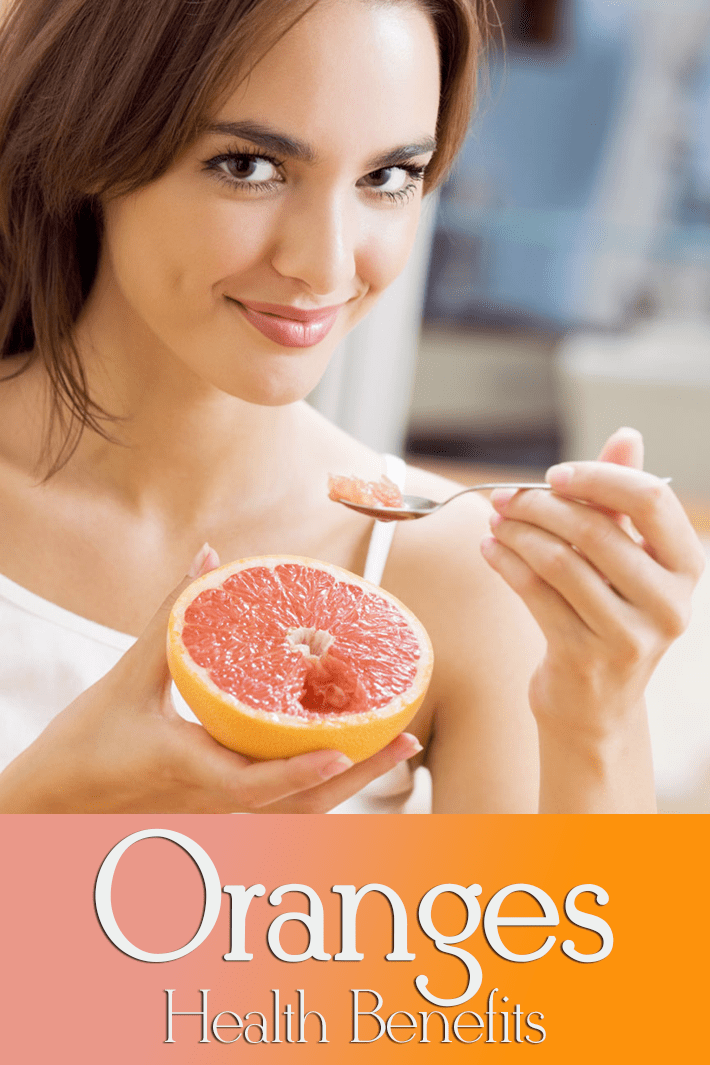
What’s a better lunchbox treat than a delicious, juicy orange, with its sweet, tangy flavor and its own easily peeled protective casing? Technically a cross between a pomelo (citrus maxima, once much more popular among citrus fruits) and the mandarin, oranges in the scientific sense are considered to be berries, the fruit being arils, divided into sections known as carpels, surrounded by the leathery, pocked peel which, like the fruit, is highly nutritious.
Thought to have been cultivated first in Southeast Asia, oranges are known as satsumas in Japan, and mandarins (citrus reticulata) in Europe (although these are a slightly different orange variety). The earliest reported orange (or sweet orange) cultivation was in Sicily, Calabria, and southern Spain in 1525. Today, production is highest in United States, Spain, China, Mexico, Turkey, and South Africa, and exported from China, Brazil, and Mexico.
Oranges grow on 30-foot trees in subtropical climates where there’s a lot of water, sunshine, and warmth, which is why southern and western states like California and Florida are known for their oranges. While oranges can still thrive in cool temperatures, frost can damage them, and heavy freeze kills them. Orange trees grow on average 30 feet in height and bear glossy, evergreen leaves. Some varieties are bitter, but the most popular type is sweet, great for just plain eating or used to make juice, zest from the peel, marmalade, and liqueurs.
Oranges Health Benefits
It’s no surprise that the greatest nutritional appeal of the orange is its vitamin C content, comprising 165 percent of the recommended daily value in a one-cup serving. This is important for fighting off germs that cause colds and flu, and even builds your resistance to infection. With the “C” come powerful antioxidants that scavenge free radicals in the blood. Potassium is an important component of cell and body fluids that helps control heart rate and blood pressure.
Calcium in oranges, besides aiding in the development of strong bones and teeth, also helps blood vessels distribute blood throughout the body while releasing hormones and enzymes that positively affect nearly every vital function of the body.
B vitamins are plentiful in oranges, helping the body convert food into fuel for energy. Folate (vitamin B9) helps the body develop healthy red blood cells, divides them correctly, and can help prevent neural tube defects. Thiamin or vitamin B1 (so-called because it was the first B vitamin to be discovered) is known as an “anti-stress” vitamin, because of its ability to strengthen the immune system and increase your ability to handle tension. Pyridoxine (vitamin B6) helps the body make the neurotransmitters needed to send nerve cell signals, vital for normal brain function and development. B6 also makes the mood hormones serotonin and norepinephrine and the body clock regulator melatonin.
Phytochemicals, naturally occurring, health-beneficial compounds in foods, are an important ingredient in oranges. Flavonoids are a good example, namely the betacarotenes, zeaxanthin, lutein, anthocyanins, and hydroxycinnamic acids that show up in a big way in oranges. Narigenin is another, which studies have shown is a super antioxidant, fighting inflammation and helping to regulate the immune system. Vitamin A is a prominent flavonoid in oranges, very good for the body because of its ability to maintain healthy mucus membranes and skin, and protect from eye disease like macular degeneration and cataracts.
The fiber content, known as pectin, is essentially a bulk laxative, making oranges a great food for helping to maintain weight, meanwhile helping to keep your colon clean and running smoothly, and lowering your blood cholesterol by keeping toxins from building up in the colon. This, according to studies, even cuts your chances of developing colon cancer.
Orange peels also packs a vitamin C punch with 63 percent of the DV per ounce. Seeds, one or two of which you may find in each section, are loaded with volatile oils. The juice, of course, has its own reputation for being highly nutritious, which it certainly should: one cup of orange juice delivers 207 percent of the daily vitamin C requirement, with bumped up servings of potassium, folate, and thiamin with it.
However, consume oranges in moderation because they contain fructose, which may be harmful to your health in excessive amounts.
Studies on Oranges
The effects of the flavonoid hesperidin in oranges was investigated in a randomized, controlled, crossover study and was reported to significantly lower diastolic blood pressure (DBP) after a four-week test period of orange juice consumption. In healthy, middle-aged, moderately overweight men, orange juice was found to decrease DBP when regularly consumed, and postprandially (after-meal consumption) to increase microvascular (small heart vessel) reactivity.
Fifteen polymethoxyflavones (PMFs), a unique class of flavonoids existing almost exclusively in citrus fruits, particularly the peels of sweet oranges, were isolated from sweet orange peel extract and synthesized to investigate their biological activity. Some PMFs were shown to have moderate anti-carcinogenic activities, but a few showed strong inhibitory activities against the proliferation and induced apoptosis (programmed cell death) of breast cancer cell lines.
Oranges Fun Facts
Texts referencing sweet oranges date to 1472, when a trader from Savona, Italy, sent an invoice to a client for the sale of 1,000 sweet oranges. Genoa and Venice (both independent in earlier centuries) sailed trading routes from Italy through Palestine, Arabia, and India at great cost, opening trade and new Far Eastern discoveries at the end of the 15th century, including oranges.
Summary
It’s a foregone conclusion that oranges are good for you, and that the vitamin C it provides can help ward off colds and flu. But many other health benefits are packed into these leathery round packages.
The amazing antioxidant power in oranges is important for killing off harmful free radicals. Besides vitamin A and B6 vitamins like folates, thiamin, pyridoxine, potassium, and flavonoids like beta-carotenes, zeaxanthin, lutein, anthocyanins, and hydroxycinnamic acid make oranges are more than just a juicy snack.
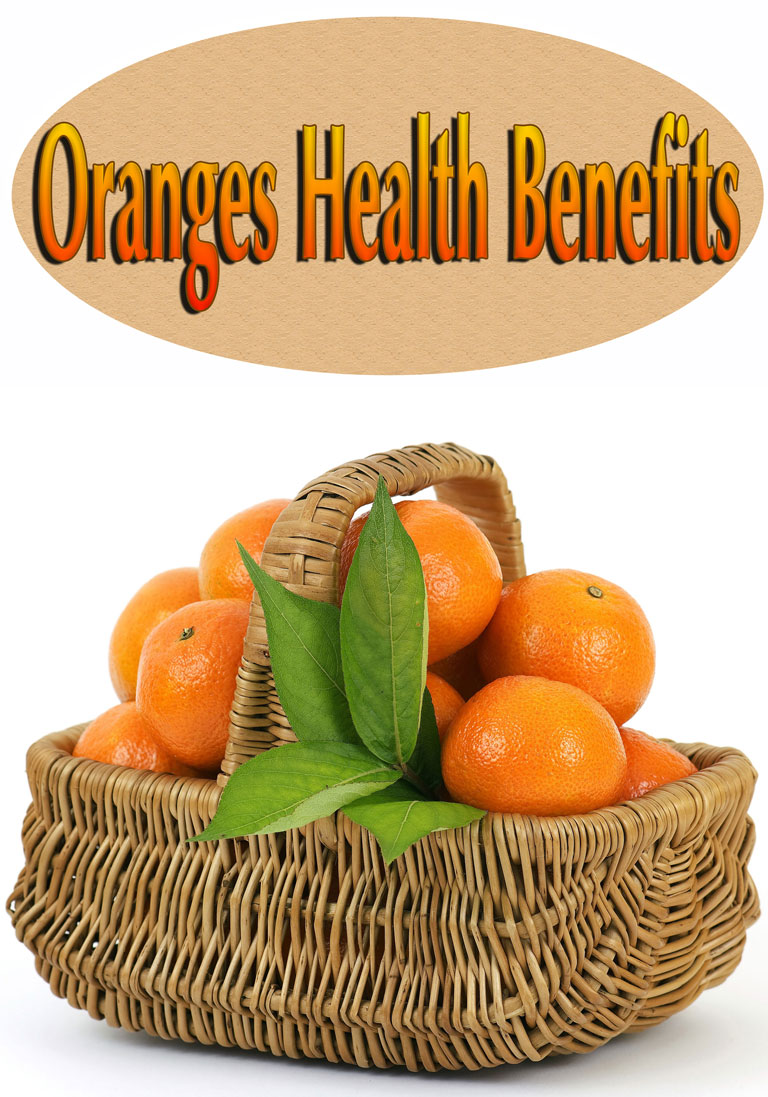

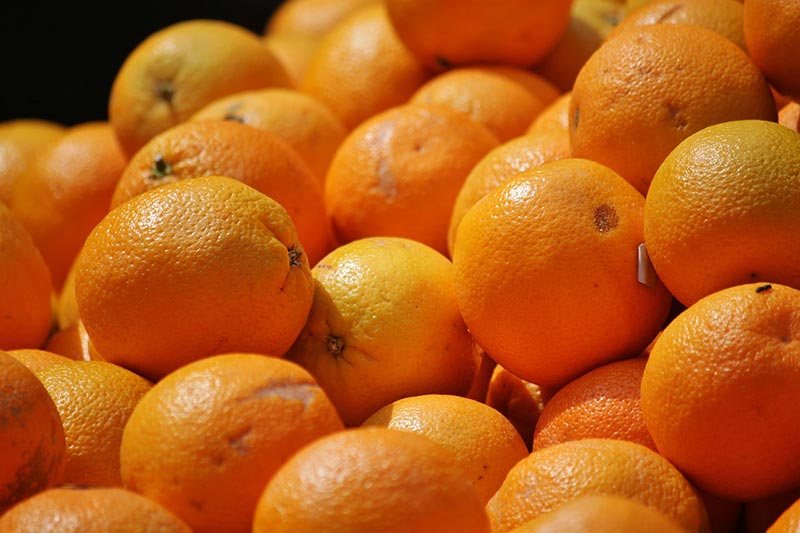


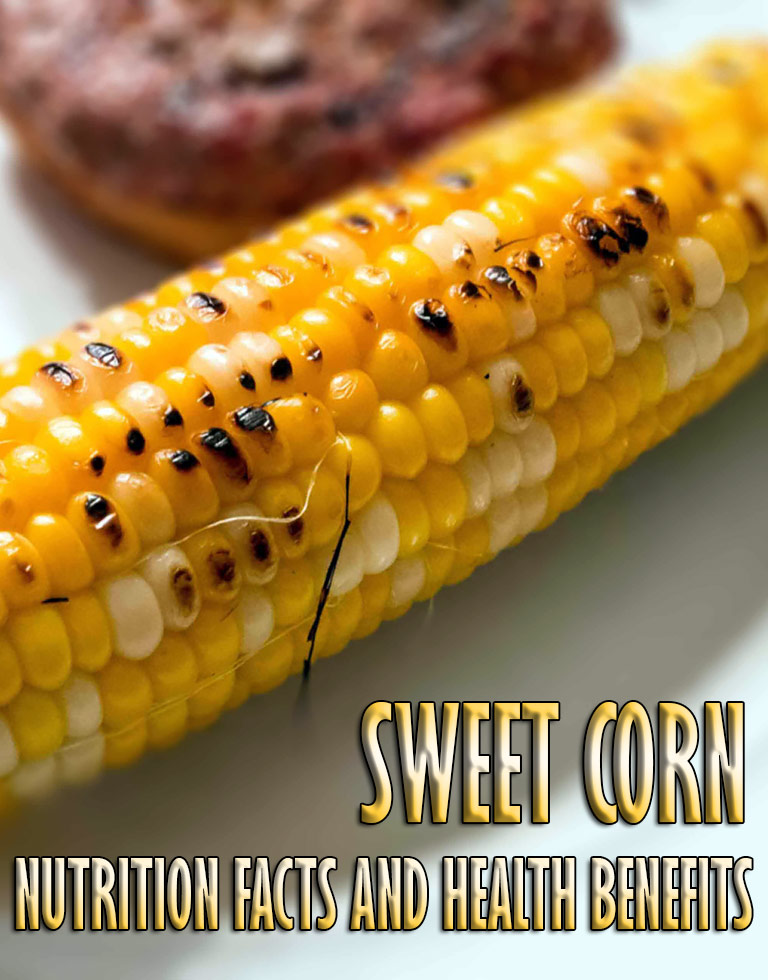
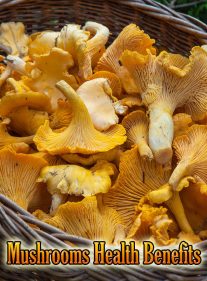

Leave a Reply